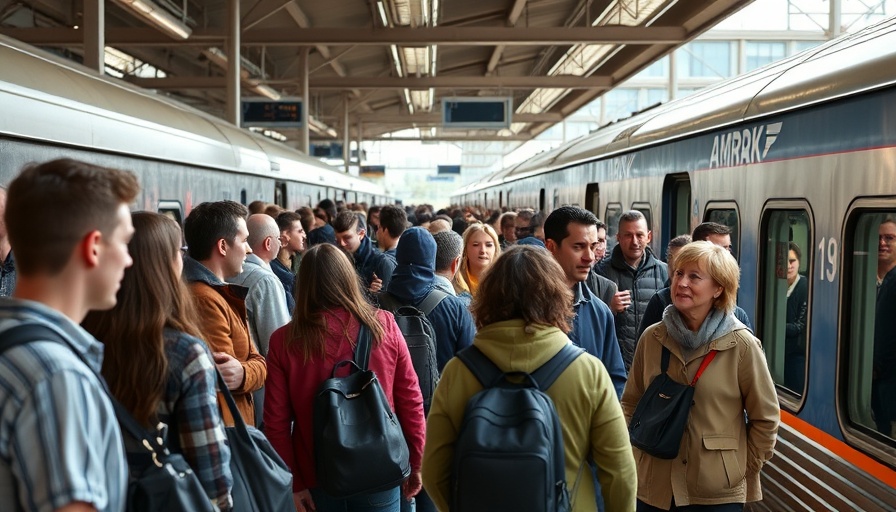
Amtrak Borealis Service Disrupted: What Happened?
Recently, Amtrak's Borealis train service, which offers a scenic route from St. Paul to Chicago, faced an unexpected interruption. After an inspection revealed corrosion on several of the Horizon railcars, the service has been temporarily suspended. Passengers now have to rely on chartered buses for transport instead of enjoying their journeys by train. This decision affects not only the Borealis but also the Hiawatha line, underscoring the broader implications for travelers across multiple connected services.
Understanding the Impact of Corrosion on Railcars
Corrosion on trains not only raises safety concerns but also indicates age and maintenance issues that can affect performance and reliability. In this case, Amtrak’s swift action to remove affected cars from service showcases their commitment to passenger safety, a value that is paramount in the transportation industry. The Horizon railcars, while newer in design, have presented challenges that warrant increased scrutiny to avoid long-term operational problems.
What This Means for Travelers and Future Services
For many passengers, the Borealis service was a much-anticipated addition to their travel options, providing an alternative to the often-congested roadways. This development raises questions among travelers about the reliability of this service moving forward and could impact their travel plans. Moving forward, Amtrak will need to communicate clearly with passengers about future service resumption and any alternative options available in the interim.
Supporting Public Transit Amidst Challenges
Despite the current disruptions, the addition of the Borealis train has been a positive step for public transit advocates, expanding accessibility and promoting sustainable travel options. Encouraging train travel over car use not only helps reduce carbon emissions but also supports local economies at intermediate stops like Milwaukee. The goal is to maintain momentum for rail service expansion, even as challenges arise.
A Vision for the Future of Rail Travel
As rail systems continue to evolve, it’s vital for the public to engage with and advocate for improved infrastructure. Increased investment in rail transportation can lead to better maintenance practices and advanced technologies that mitigate issues such as corrosion. Engaging with local communities to build strong support for these projects is essential for the future of sustainable transport.
 Add Row
Add Row  Add
Add 




Write A Comment